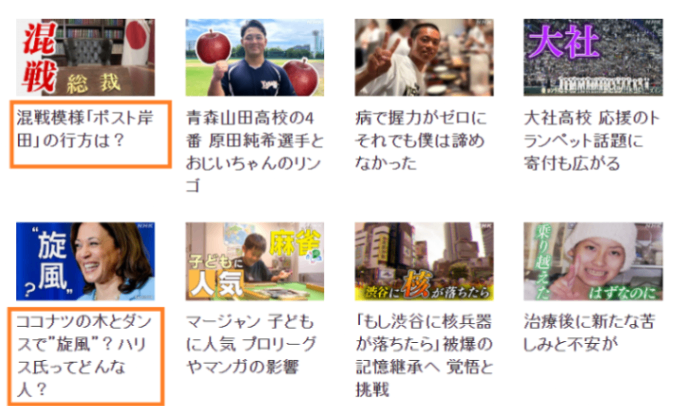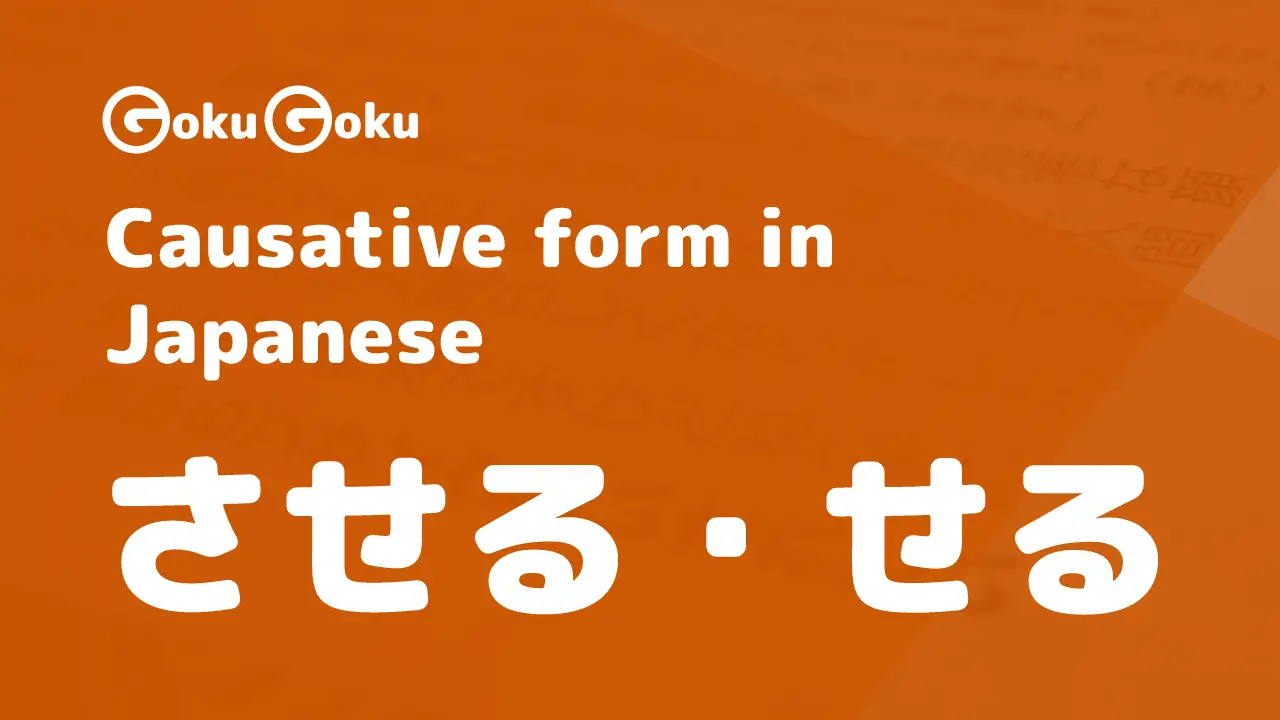Japanese punctuation: full stop and comma
Anna Baffa Volpe
Get in touch with meIn this post we'll analyze 2 aspects of the Japanese punctuation, an important part of the Japanese language to consider so that sentences can be formulated and transcribed correctly.
We will particularly focus on the full point and the comma.
Some simple and useful rules for the Japanese punctuation marks.
句読点 punctuation
The Japanese word for punctuation is 句読点 , many read it くどくてん, but this is incorrect: the correct pronunciation is くどうてん。
We'll see in this post the uses of two punctuation marks, namely:
- 読点 "、" the
commacalled ten テン - 句点 "。" the
full stopor maru マル
読点 the Comma
The comma is used in a variety of cases in Japanese, and in this post we look at the main functions and also the cases in which it is not used. For the transcription of the comma, let's pay attention to the transcritprion of the right Japanese sign that is 、 and not , as we are used to in alphabetical languages.
In self introduction
In the sentence we commonly use to introduce ourselves, the comma is used after the expression はじめまして.
初めまして、恵子と申します。宜しくお願いします。
Nice to meet you, my name is Keiko. Nice to meet you.
Separating words
A common function of 読点 is to separate words in a parallel relationship when they are used in a sequence.
私は犬、猫、オウムを飼っています。
I have a dog, a cat and a parrot.
山も、川も、谷も、滝も全てが美しい。
Mountains, rivers, valleys and waterfalls are all beautiful.
After a long subject
In case the subject is long, we use the comma after it. However, if the subject is short, there is no need to use one.
We have to be careful not to use too many commas, as this can make the sentence sound strange. The correct form:
智子さん、今日は天気が良いので海に行きませんか。
Tomoko, the weather is nice today, so why don't we go to the beach?
It is incorrect to put the comma also after ので; just put it after the subject at the beginning of the sentence.
After そして and しかし
読点 in used after そして and しかし when they are at the beginning of the sentence.
私の部屋にはクーラーがない。そして、冷蔵庫もない。
There is no air conditioner in my room. And no refrigerator.
まだ2月の末だ。しかし、今日は春のような天気だった。
It's only the end of February. But today the weather was like spring.
Separating Hirgana and Kanji
In some cases the comma help us to catch the right meaning of the sentence. Otherwise, the omission of the comma can change the meaning of it.
Let's consider this sentence:
- ここではきものをぬぎます。 It could be read as 'Koko de hakimono o nugimasu' meaning
This is where you take off your shoes. - or it could be 'Koko dewa kimono o nugimasu' meaning
This is where you take off your kimono.
The correct transcription and meaning:
ここで、はきものを脱ぎます。
Here, take off your footwear.
句点 : Period or Full Stop
The full stop or 句点 marks the end of a sentence in Japanese as well as in many other languages.
- incorrect sentence:
今日は金曜日です
Today is Friday.
- correct sentence:
今日は金曜日です。
Today is Friday.
When to omit 句点 "。"
There are several cases when 句点 in not necessary, it is not used for various reasons and is considered a mistake to transcribe it.
In sentences between brackets
句点 is not used if the sentence is in brackets and in direct speeches.
Let's see incorrect and correct forms for the sentence: Tomoko said that the weather is good today.
- 智子さんは「今日は天気が良いです。」と言った。 NO!
- 智子さんは「今日は天気が良いです」。と言った。 NO!
- 智子さんは「今日は天気が良いです」と言った。 YES!
As you can see, the full stop is in its standard position, at the end of the sentence and it is not necessary to transcribe it even after direct speech.
After question and exclamation marks
句点 is not used if at the end of the sentence there is a question (?) or a an exclamation mark (!).
智子
お元気ですか?
How are you doing?
明子
はい、元気です!
Yes, I am fine!
A note to the short dialogue: since it is an interrogative clause expressed by the か particle at the end, it is not necessary to also place the question mark, it is enough to transcribe か。 as usual.
Headings, titles etc
句点 is not used at the end of headings, titles and bullet points.
Let's share as example some news headlines from the Website of NHK, the Japanese public broadcaster.

As you can see, the question mark appears in the headings under the various articles, but not the full stop where the sentence ends with a verb.
I have summarised some important points about ten (、) and maru (。) in various Japanese sentences.
These are simple hints that may be useful to you when composing a text in Japanese.
ではまた!







